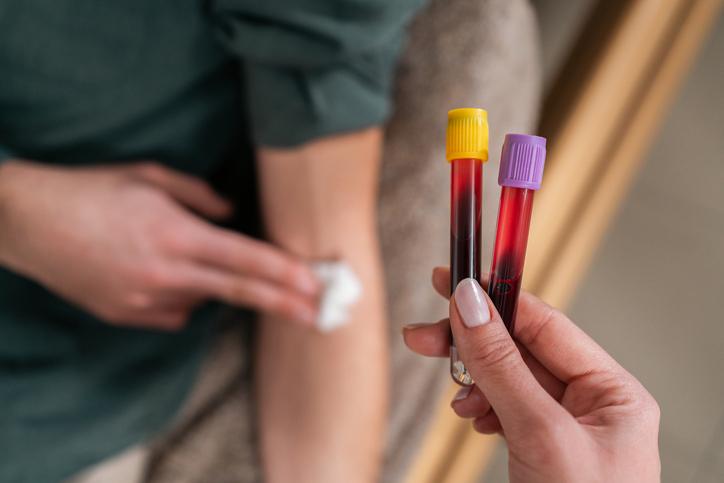
Interpreting Biochemistry Tests
Introduction
some of the most commonly requested tests and much diagnostic information can be gleaned fromtheir correct interpretation. Composed of 10 assessment questions, this resource assesses the userknowledge on commonly requested biochemical tests and their relationship with the diagnosis.Complete the 10 questions to obtain a certificate for 1hr of continuous professional development toinclude in your portfolio submission.
Aims and Objectives
On successful completion of this module, the user should be able to:
- Recognise the common abnormalities noted on biochemistry requests such as U+Es, liver function tests and calcium metabolism
- Understand the reasons for these abnormalities and formulate potential diagnoses
- Understand normal results
- 1.
- 2.
- 3.
Introduction
Biochemical investigations are crucial in the management of a vast array of disorders. They are some of the most commonly requested tests and much diagnostic information can be gleaned from them. Composed of 10 questions, this resource assesses the users knowledge on commonly requested biochemical tests and their relationship with the diagnosis. Complete the 10 questions to obtain a certificate for 1hr of continuous professional development to include in your annual portfolio.
Aims and Objectives
On successful completion of this resource, the user should be able to:
- Recognise the common abnormalities noted on biochemistry requests such as U+Es, liver function tests and calcium metabolism
- Understand the reasons for these abnormalities and formulate potential diagnoses
- Understand normal results
Reading list:
Introduction to clinical biochemistry